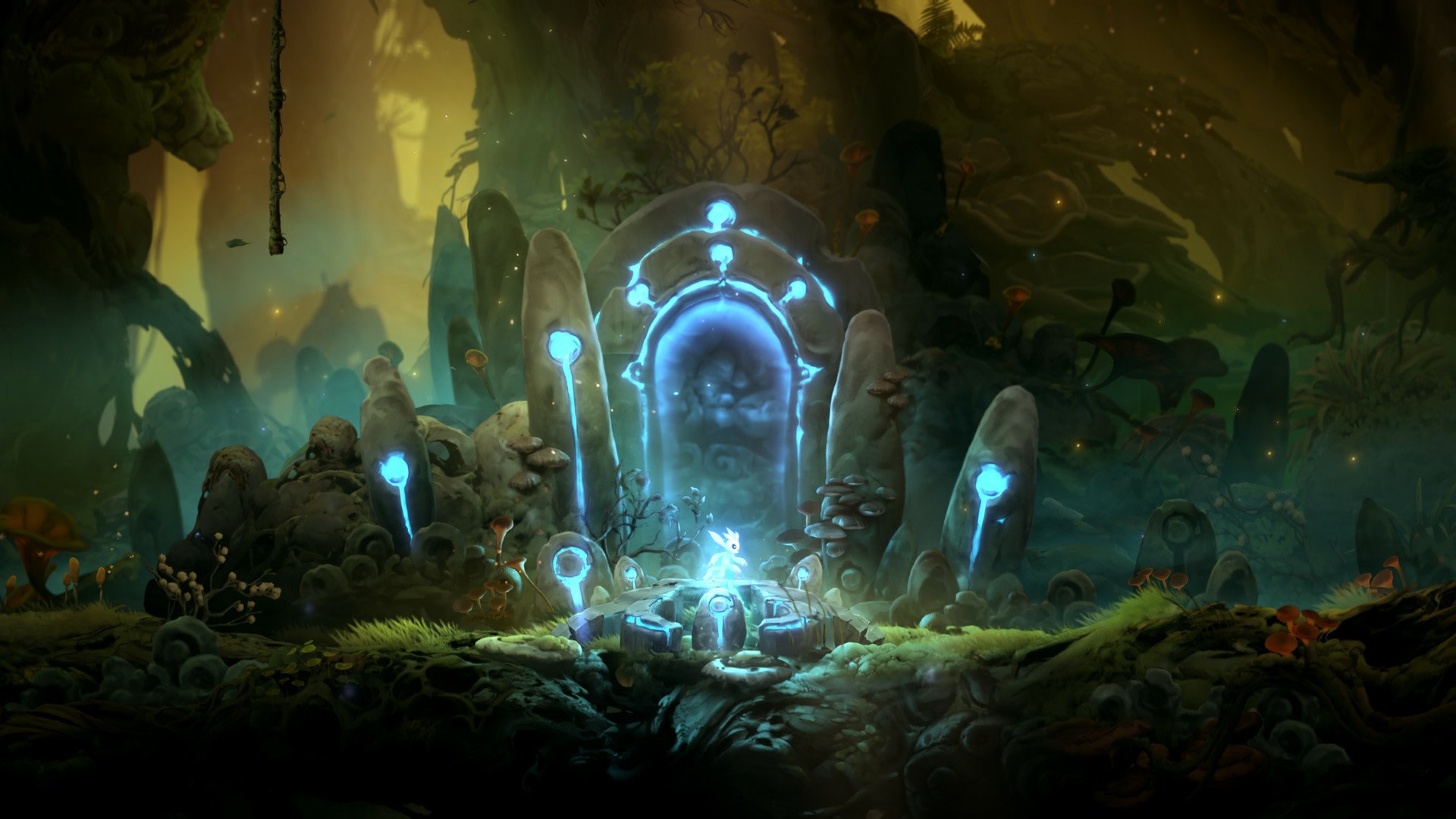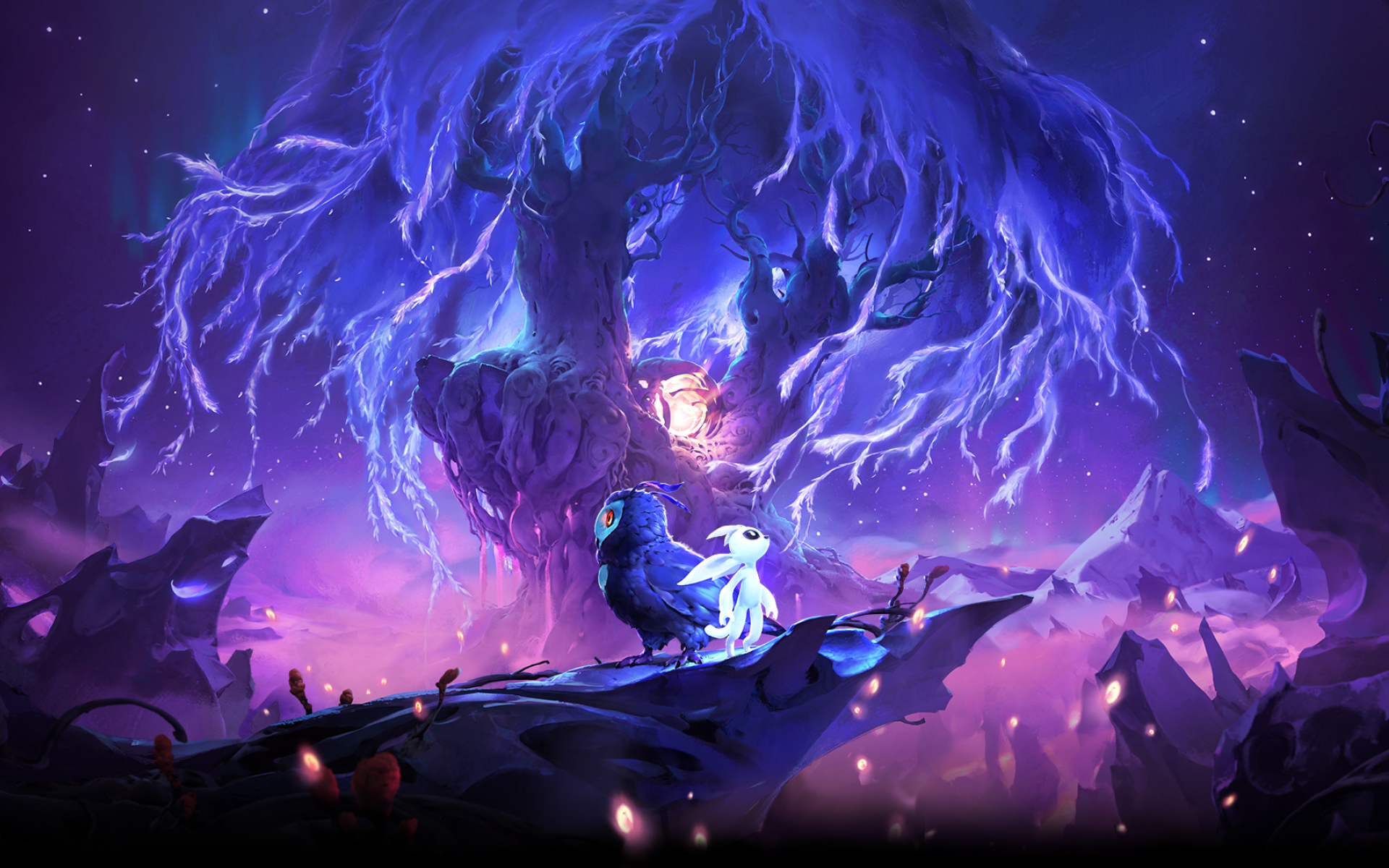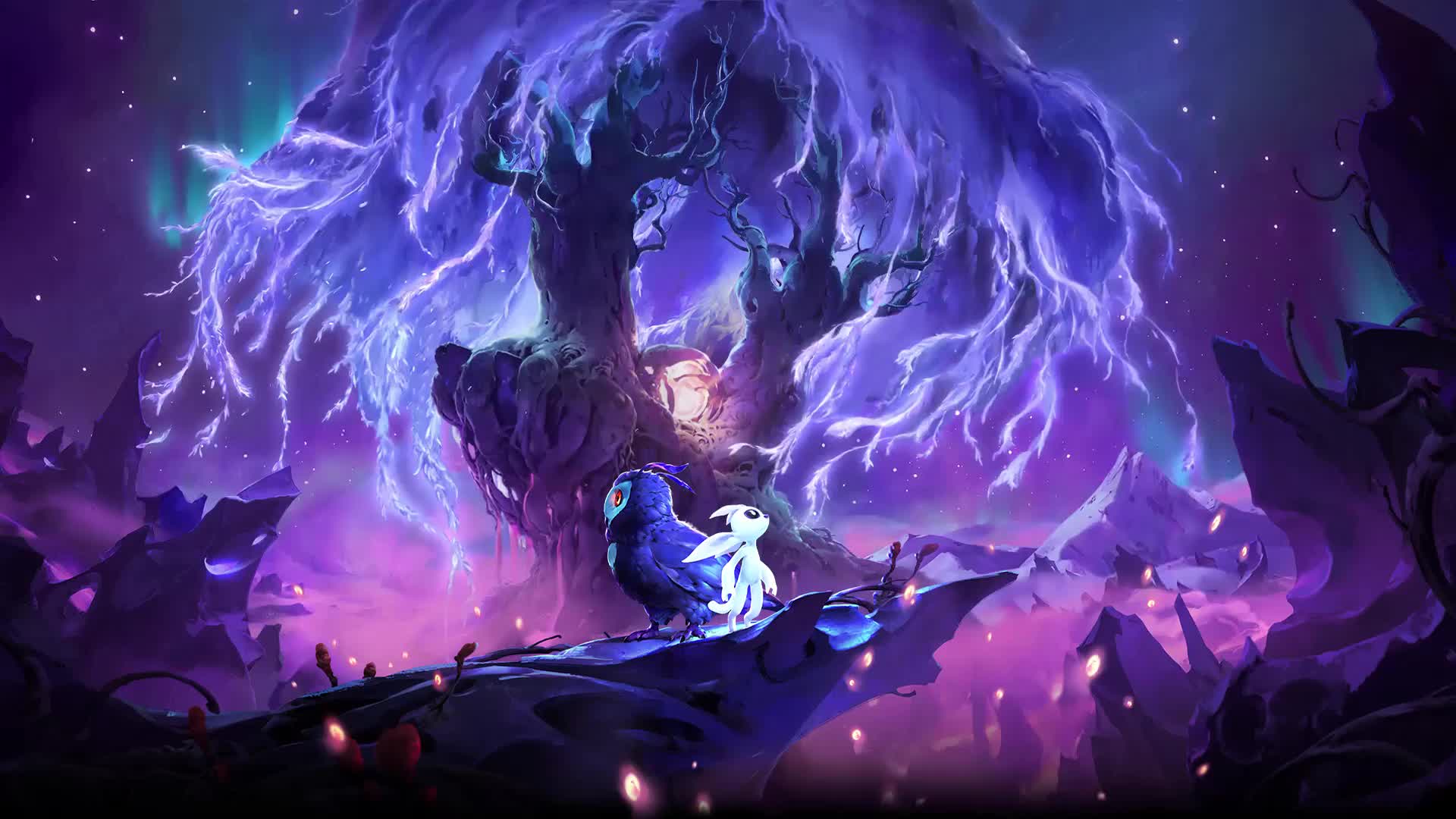

How subterranean reaches and connecting routes twist, snake and adjoin to rooms that themselves don’t feel repeated. How the game painstakingly presents a world so organically proposed - many a platforming conundrum yet seldom feeling like it’s confiding in a set template. As unique as each of the background and foreground assets are, you can’t help but take a second to inspect and admire how each platform, slope or tree branch feels emboldened with purpose in the grand scheme of things. What starts as a lively, resonant palette of color - that same pastoral-yet-mythical sheen that gives moments of calm and peril alike an almighty impact - soon gives way to an experience that allows everything else to shine. Because the truth of the matter is that there are virtually no “lacking” components to Will of the Wisps. The way environments are so heavily, densely layered, yet at the same time don’t come across as over-compensating or distracting from an element that may or may not be unfortunately lacking. Masterminding what might be the pinnacle of the genre in modern times and arguably one of the best games of this generation.Īnyone who’s even taken a peak of Ori will know of Moon’s artistic strides that made Blind Forest such a talked-about debut. But Moon Studios appear to have done the seemingly impossible and bested all of them.

Fans and followers of Metroidvanias have been blessed these past few years - Axiom Verge, Hollow Knight, Yoku’s Island Express and The Messenger all similarly debut games from studios whom made a great first impression through varying means. It’s been five years to the day since the original first dropped but it’s been worth the wait. The sequel that builds on the strengths of the original, while seeing to the drawbacks that stopped it from achieving perfection. With a visual look such as this, it’s no surprise to see the follow-up, Ori and the Will of the Wisps, has taken so long to even attempt a claim at being superior. And while not without its short-comings - its combat the only real major culprit, which felt especially secondary and not as fleshed out - Ori‘s gorgeous aesthetic, heart-tugging soundtrack and appreciation for the finer detail cemented Moon Studios as a name to trust. Another studio who recognized that the then-resurgent design philosophy that is/was the Metroidvania sub-genre was not just a flashback to past fondness. Their debut effort in 2015, Ori and the Blind Forest, had already set itself apart with the sheer breadth and ambition of its artistic and presentation elements. Not a single second wasted, not a moment one would consider unnecessary. To come away with respect and amazement at what one has experienced. It’s that humble impression, that doesn’t devolve into wrestling away control from the player, that caps off a release in 2020 that one can only describe as palpable.


The need for storytelling never out-weighing the prevalence of gameplay acknowledgement from its player-base of the sheer effort put into each vista, never blinding the team from the knowledge that not everyone will share in that awe. Elements never vying for standalone superiority. From the first introductory cutscene to the final, emotional send-off, everything that developer Moon Studios have crafted looks and feels in perfect harmony. If one were to try and sum up the ten hour journey to see the ending credits screen to Ori and the Will of the Wisps into one descriptor, it would be that.


 0 kommentar(er)
0 kommentar(er)
